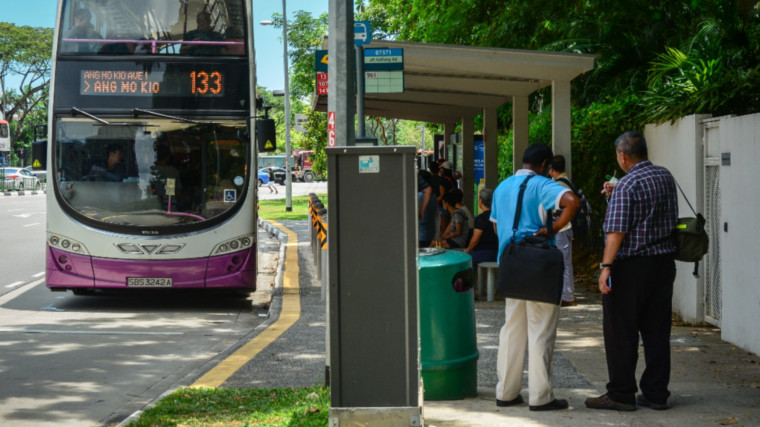A strange man approached my 9-year-old daughter in public and tried to start a conversation with her.
If reading that sentence caused you to recoil in horror and outrage, imagine how I felt when I witnessed it.
My daughter, E, and I were waiting for a bus. We were standing a mere body’s width apart but we were looking in different directions, enjoying a lull in our conversation.
Suddenly, a middle-aged man stuck his face in front of E’s and warbled, full of false cheer, “Hey, girl! Recognise me?”
I didn’t recognise him and neither did E.
That was when I stepped in. Recall your recoil at the beginning of this story? Multiply it by a factor of 1,000 and you’ll come close to feeling how I felt at the time: A huge shot of adrenaline, disbelief at what was happening and sheer mama bear protectiveness.
I placed myself between him and E, and raised my voice. “Who are you? What are you trying to do?”
The man jumped when I stepped in. Clearly, he had assumed E was alone and he had not expected an adult to intervene.
Now, some of you at this point may be thinking, is she overreacting? Perhaps it is all a misunderstanding and there’s a benign explanation for this. Is this aggression warranted?
To that I can only answer this: My 9-year-old daughter never goes anywhere without me and I don’t know this man. More importantly, you weren’t there and you didn’t see my daughter’s eyes when he approached her.
Anger to cover my fear
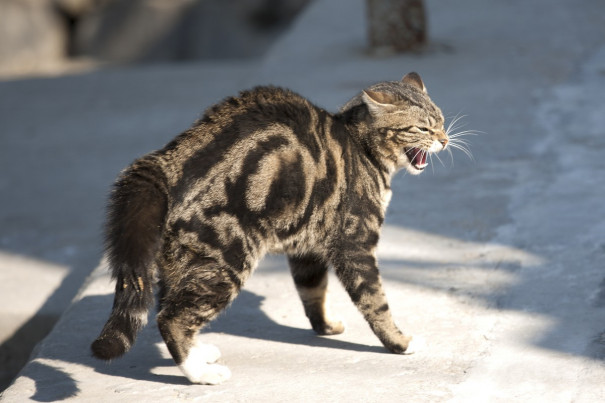
Truth be told, I was afraid too but I wanted to send him the message that we were not easy targets and whatever he was attempting, it wasn’t going to happen.
At the same time, I wanted my daughter to know that she did not need to be cowed by the man. While I subjected him to an interrogative harangue at top volume, somewhere at the back of my mind, I was recalling watching wildlife documentaries in which prey animals try to intimidate predators by creating an illusion of being bigger or more aggressive.
So, in addition to using a relentlessly strident voice (which was unfortunately muffled by my mask), I leaned towards the man with arm raised and finger pointing.
The man recovered from my unexpected onslaught and told me not to overreact.
He claimed that he recognised E because he regularly took the same public bus as she did. I rubbished that claim for the blatant lie that it was.
All this while, I was on edge, prepared that the man might turn aggressive. We were in a public place and there were plenty of people around, but despite the commotion I was creating, nobody stepped forward to offer help or mediate.
Eventually, the man boarded the next bus that had arrived. I took a photograph of him, which I used when I filed a police report.
Talking to my daughter about stranger danger
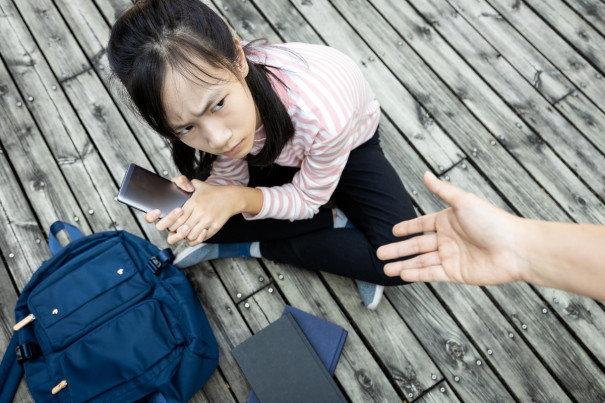
That was something potentially nasty averted. The danger may have passed but the recovery work still needed to be done.
I had to explain to my 9-year-old what had happened and why Mummy had behaved with such lack of decorum in public.
First, we analysed what had happened. I started asking her questions to help her understand.
Did you recognise the man? No.
If he was indeed someone we knew, why did he not identify himself? He could have said “I’m Uncle So-and-so, but he didn’t.” Exactly, I replied, and the conversation might have taken a totally different turn.
If it was true that he had recognised you from a bus ride, what kind of conversation did he think was going to take place between a 9-year-old girl and a strange man in his 60s? Dunno. That’s weird. That’s right, I can’t think of any reason why that would happen.
Why was he surprised when Mummy stepped in? Don’t know.
Why did he not remove his cap or sunglasses so we could see his face? Did he not want to be identified? I think he wanted to hide. And he had a mask on, too.
Do you think Mummy overreacted, as the man claimed? No.
Did you feel afraid? Yes. Mummy was afraid too, and that’s okay, because it is a natural reaction to danger.
But does being afraid mean that we should not do anything? No. That’s right, we have to protect ourselves.
Erring on the side of caution
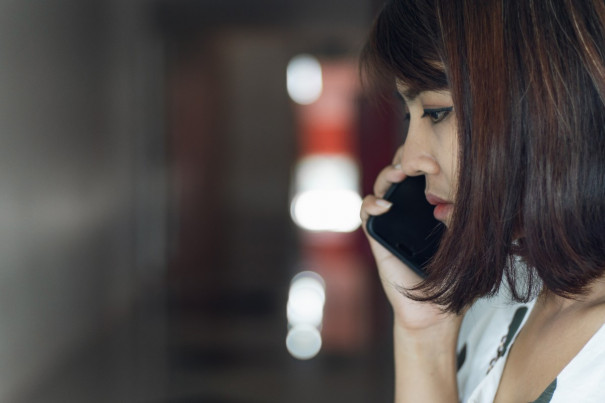
Second, we established that the man was probably up to no good. And we agreed that it was best to avoid him.
But what if the man was someone we knew and E had rebuffed him, thinking he was a stranger?
We concluded that even in this case, it was better to say sorry for being rude than to be sorry that something had happened. And frankly, if the man was a family friend, he would have understood our caution.
Third, I told E that I had filed a police report on the incident.
Did a crime take place? No.
But was it okay for the man to do what he did? No.
Could things have become worse had Mummy not stepped in? Maybe.
I felt that it was our civic responsibility to notify the police. I was pleased to be able to tell E that the police were very prompt in responding to my report, and that they told me that they would be on the lookout.
One other lesson I taught E is we should ask for help when we need it. In this case, from the police.
Now, there may be some who may still feel that I overreacted. So for argument’s sake, let’s assume I’m wrong.
Let’s take the most charitable explanation of the event: That the man made a mistake; that he did know a young girl who knew him and trusted him; and that his inability to explain himself (or even apologise) was the result of being surprised and embarrassed; and that him wearing a cap, oversized sunglasses and mask was due to Covid and sunny weather.
If that’s the case, then he shouldn’t have anything to worry about from the authorities, and society is safer than what I think it is.
I would learn a lesson in not being so cynical and I can live with that. But most importantly, my daughter would still get a lesson in self-protection.
Equipping our children to protect themselves
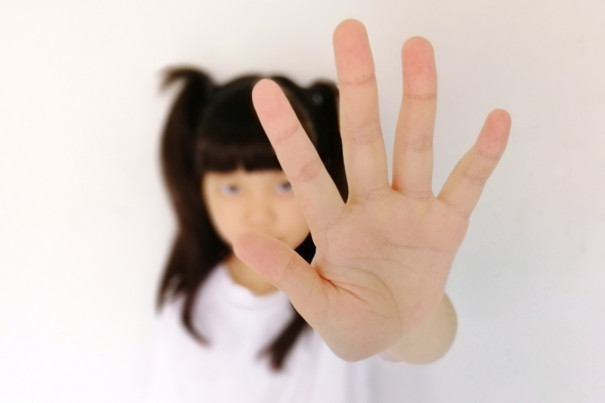
Finally, my husband and I felt that we needed to equip E to protect herself.
She should not feel awkward about saying no to people, even adults, if she felt uncomfortable or threatened. Over time (and unfortunate incidents like these), we hope that she will learn what is acceptable behaviour and what is not.
Where the behaviour or situation is unacceptable, she should recognise that and remove herself from it. She already knows not to talk to strangers but sometimes danger doesn’t come in the form of words. We would rather she made a scene and be safe, than be a quiet victim.
Other stories you might like


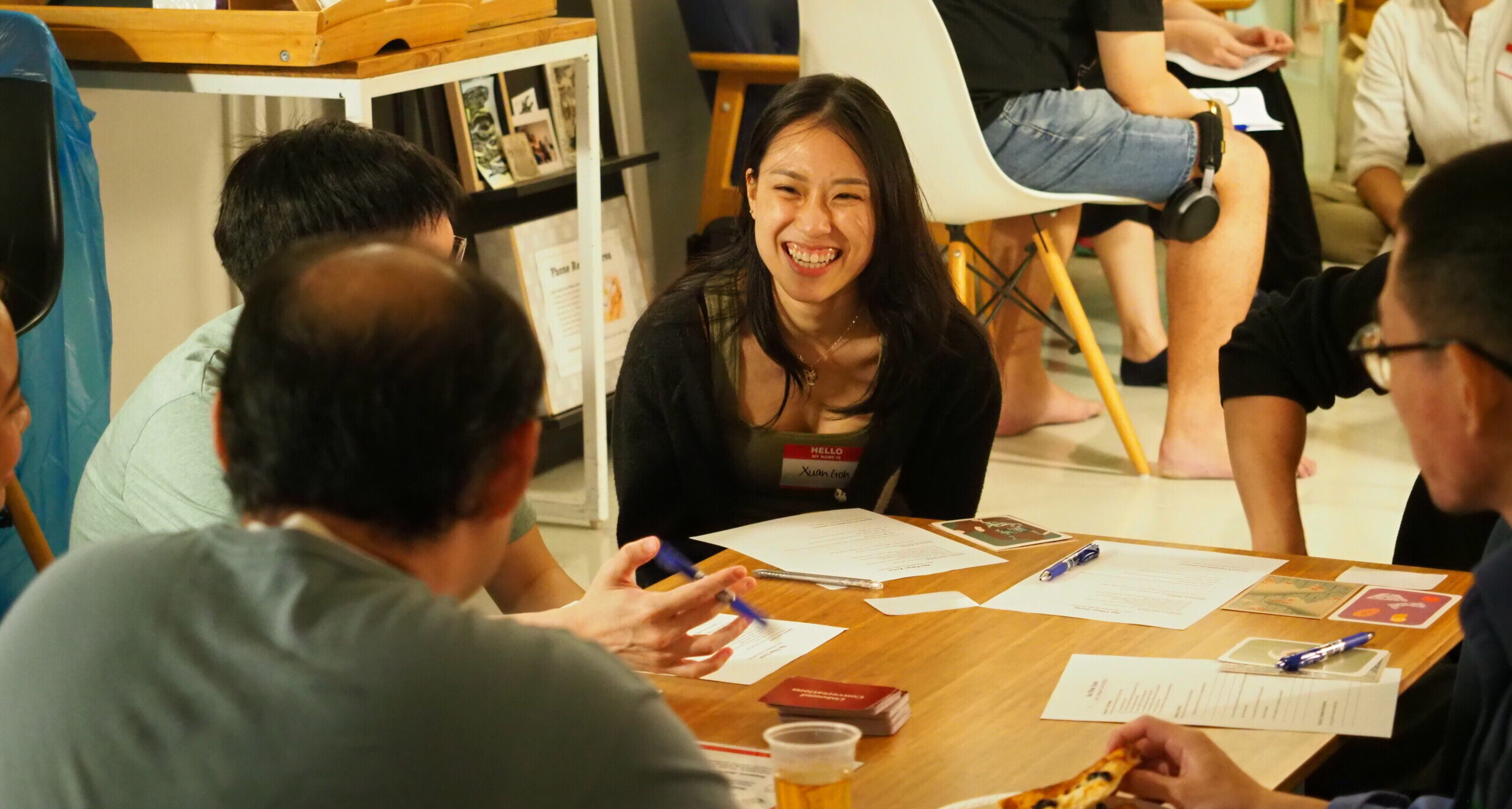
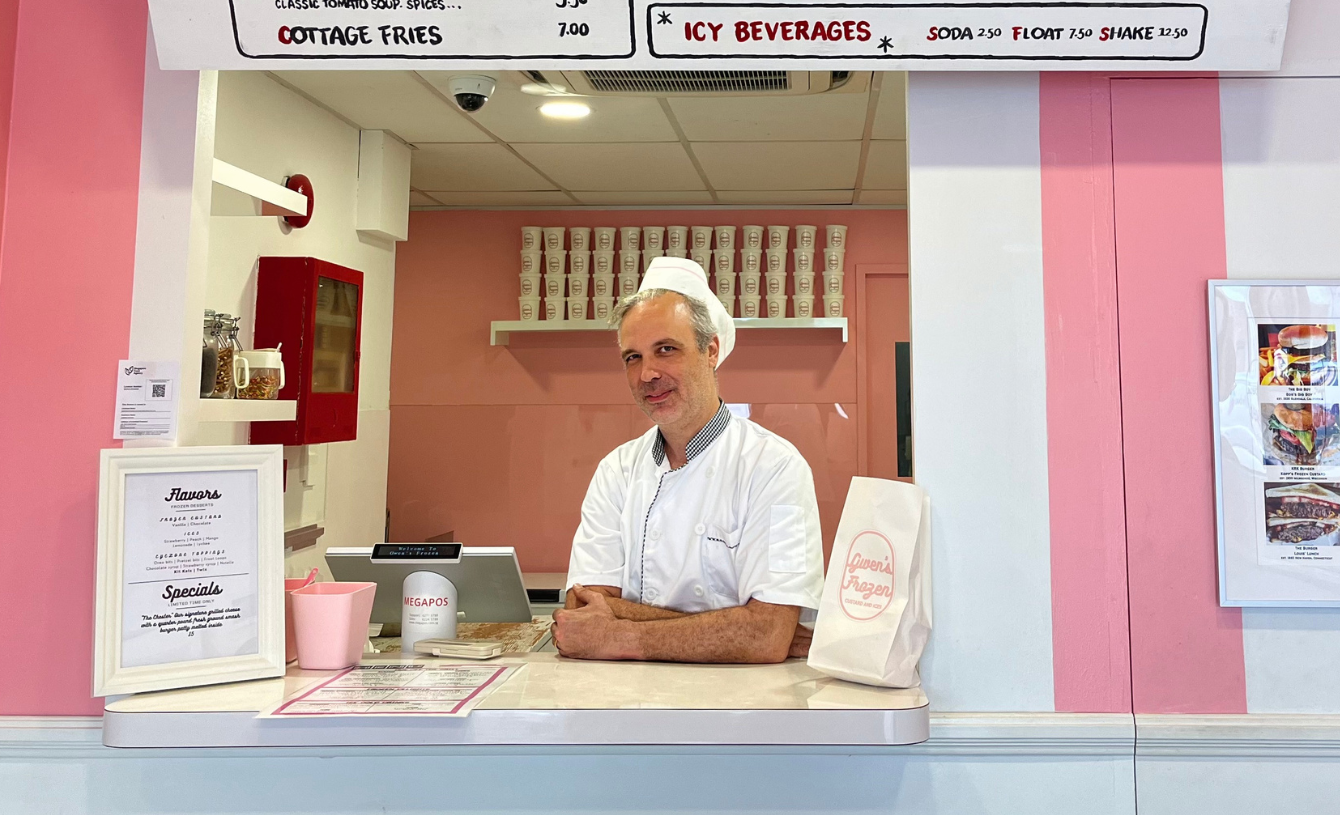

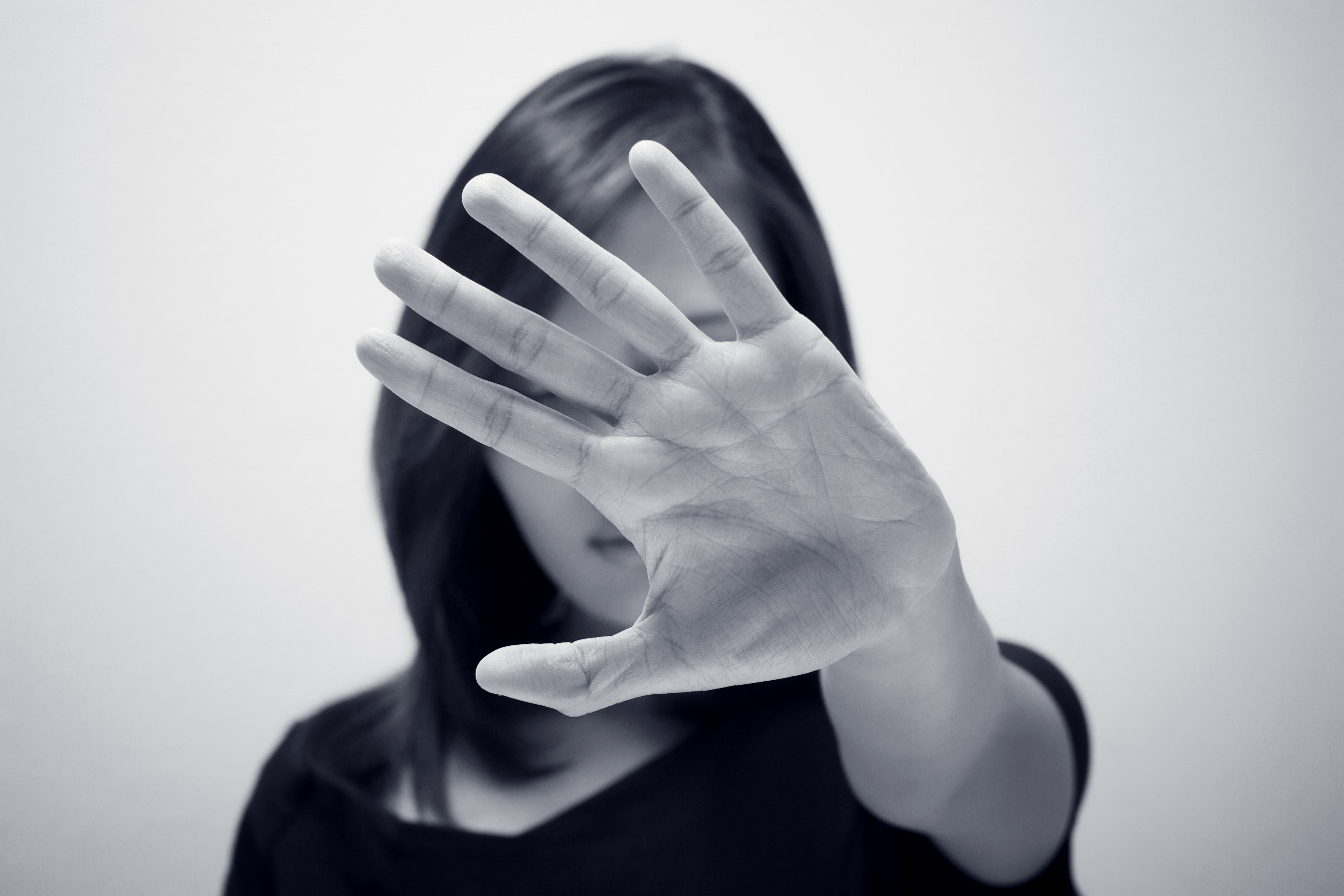
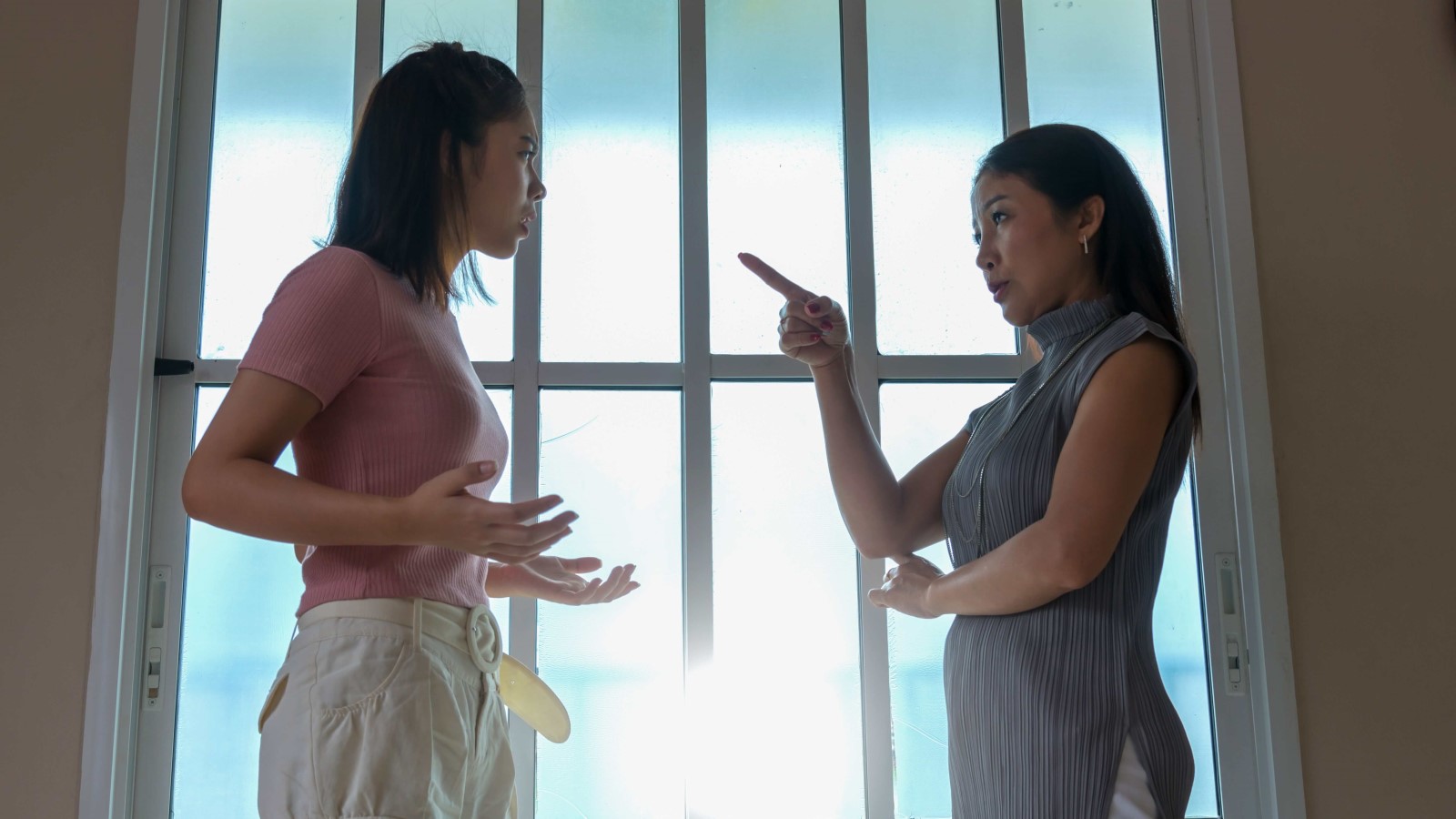
I had reacted instinctively during the encounter with the man. In my fight or flight response, I chose to fight. A large part of that had to do with showing E that she did not need to be timid in that situation, and that it was the man who was in the wrong, not her.
But I realised that I made that split-second decision to confront the man only after I assessed that he was unlikely to hurt us. He wasn’t very much larger than me, we were in a crowded place during the day with witnesses and I had mama bear roaring inside my head.
I don’t know what I would have done if the situation was different: What if it was at night, at a secluded quiet place? Rather than rely on instinct (and adrenaline) in case it happens again, we decided to turn to the professionals.
E and I enrolled for a self-defence class that teaches how to avoid being caught in potentially dangerous situations. We also learnt, if all else fails, how to defend ourselves so that we can escape.
Learning it from someone who had studied the various threats and ways to avoid or address them seemed like the right thing to do. Having gone through the incident together, it felt appropriate that we attended the self-defence class together.
Learning to let go

Will I shadow E all the time so that I can step in to defend her from potential unsavoury situations?
Do I want her to walk around in fear, imagining all the dangers that she might encounter?
No to both questions.
Our children will grow up and they will have to learn to look after themselves. This is where, as parents, we do our darndest to teach them and equip them.
I want her to walk in confidence, not fear. But I also want her to be aware of, and not oblivious to, her surroundings.
When faced with a situation where her safety is in question, I want her to recognise that she should not remain passive. I want her to know she has a choice that she can exercise, and she can take confident steps to protect herself by removing herself from danger.
Months after the encounter, I still feel a surge of fury when I revisit the incident. My husband and I are extremely thankful that nothing happened. I would not want any other child to be vulnerable to potential predators like these. This is what led me to recount the incident, so that other parents may tell their children about how to look after themselves.
Parents, if this account fills you with fear for our children, don’t be. They are more resilient than you think they are. E once told me to please stop telling people the story because it made her scared. When I heard that, I became angry again because I didn’t want that incident to leave her in fear.
I wanted her to talk about it so I asked what she was afraid of.
Her reply? “I get scared when you’re angry.”
Yes, learn to fear danger, my little bear cub.
If you like what you read, follow us on Twitter and Google News to get the latest updates.
